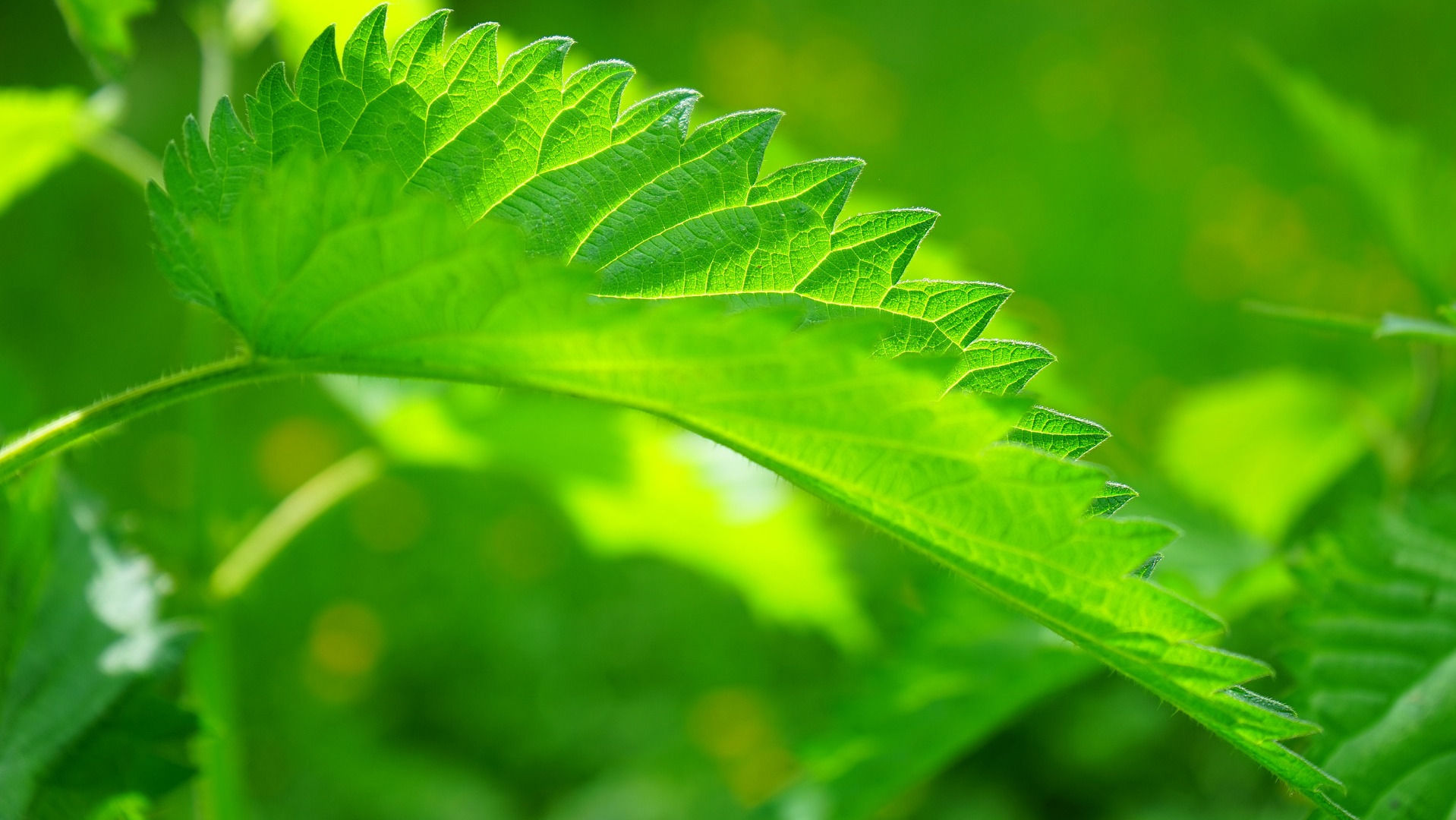Stinging Nettle: How to Handle Its Sting with Natural Remedies
Stinging nettle (Urtica dioica) is a common plant in Europe, Asia, North America, and northern Africa. While it has some excellent medicinal uses, brushing against it accidentally can lead to an itchy, painful rash that nobody wants to deal with.
The leaves and stems are covered in tiny, hollow, silky hairs. These hairs can stick to your skin and release a mix of irritating chemicals, including:
- Histamine, which causes itching.
- Acetylcholine, which creates a burning sensation.
- Serotonin, which can increase inflammation.
The result? A rash that looks and feels a lot like poison ivy. But don’t worry—if you’ve had an unfortunate encounter with stinging nettle, some simple and effective remedies help ease the discomfort.
Quick Steps to Take After Contact
If you’ve brushed up against stinging nettle, quick action is the key to feeling better fast. Here’s what to do:
- Don’t touch the rash with your bare hands. This prevents the spreading of nettle hairs or chemicals to other areas.
- Rinse the area with cold water to remove dirt, mud, and any remaining nettle hairs.
- Avoid rubbing the affected area—it can worsen irritation.
How to Prevent Stinging Nettle Encounters
- Wear protective clothing when hiking or gardening in areas where nettles grow.
- Learn to recognize the plant with its serrated leaves and fine hairs.
- Stick to trails to avoid brushing against dense vegetation.
When to See a Doctor
While most stinging nettle stings resolve within a few hours or days, there are times when medical attention is necessary. Contact a doctor if:
- The rash lasts more than 24 hours.
- You experience severe swelling or pain.
- You develop an allergic reaction, such as hives or difficulty breathing.
A Surprising Fact About Stinging Nettles
Did you know that despite their sting, nettles are pretty helpful? They’re rich in vitamins and minerals and are often used in teas, soups, and even natural remedies for conditions like arthritis and allergies.
While it’s no fun to accidentally brush against them, knowing how to treat a nettle sting quickly can turn an unpleasant experience into a manageable one.
Natural Remedies for Stinging Nettle
Stinging nettle encounters can be annoying, but with the proper remedies, you can quickly ease the itching and pain. Whether baking soda, aloe vera, or even a simple piece of adhesive tape, these natural solutions will make you feel better fast. With some prevention and preparation, you can avoid stings altogether—or at least handle them like a pro!
Clean the Area
- Use warm, clean water and a soft cloth to dab the area gently.
- Don’t rub! Dabbing helps remove nettle hairs without spreading the irritants.
Baking Soda Paste
- Why it works: Baking soda neutralizes the acidic chemicals from the nettle sting.
- How to use: Mix baking soda with a little water to form a paste. Dab it gently onto the rash and let it dry before rinsing.
Aloe Vera
- Why it works: Aloe vera is a natural soother with anti-inflammatory properties.
- How to use: Apply fresh aloe vera gel or a high-quality store-bought gel directly to the rash. Let it air dry.
Vinegar
- Why it works: Vinegar helps neutralize the sting and soothe inflammation.
- How to use: Soak a cotton ball in white or apple cider vinegar and dab it on the rash. Allow it to dry naturally.
Cold Compress
- Why it works: Cold reduces inflammation and numbs the skin.
- How to use: Wrap ice or a cold pack in a cloth and apply it to the rash for 10–15 minutes.
Adhesive Tape for Nettle Hairs
- Why it works: Tape lifts the tiny nettle hairs off your skin, preventing further irritation.
- How to use: Press a piece of tape over the rash, then peel it off. Repeat until the hairs are gone.
Mud
- Why it works: Mud can be a temporary soother and help trap nettle hairs.
- How to use: Dab mud onto the affected area and let it dry completely. Brush it off gently to remove hairs along with the dried mud.
Hydrogen Peroxide
- Use a cotton ball soaked in hydrogen peroxide to clean the area after removing nettle hairs. This helps prevent infection.
Saliva
- If you’re outdoors without other remedies, saliva can temporarily soothe the sting. Spit onto the rash and cover it with a clean cloth.
Oatmeal Paste
- Mix oatmeal with some water to form a paste. Apply it to the rash for a soothing effect, then rinse off once it dries.


